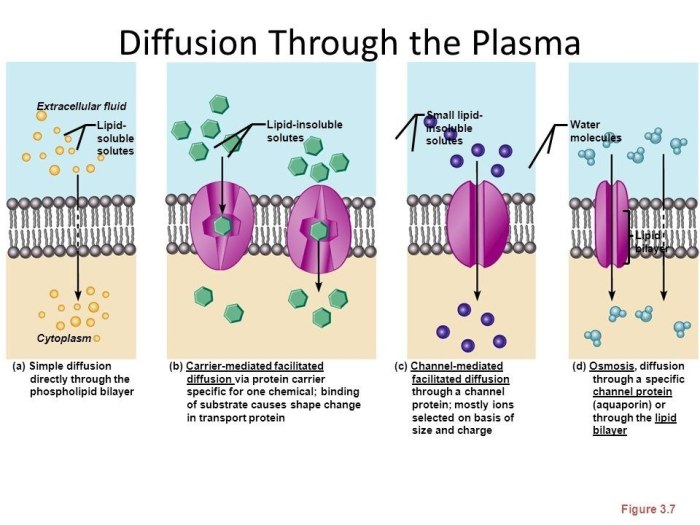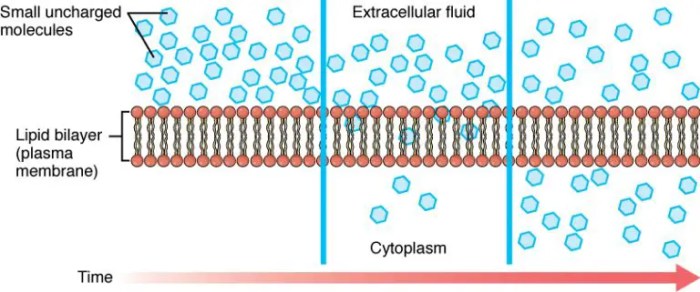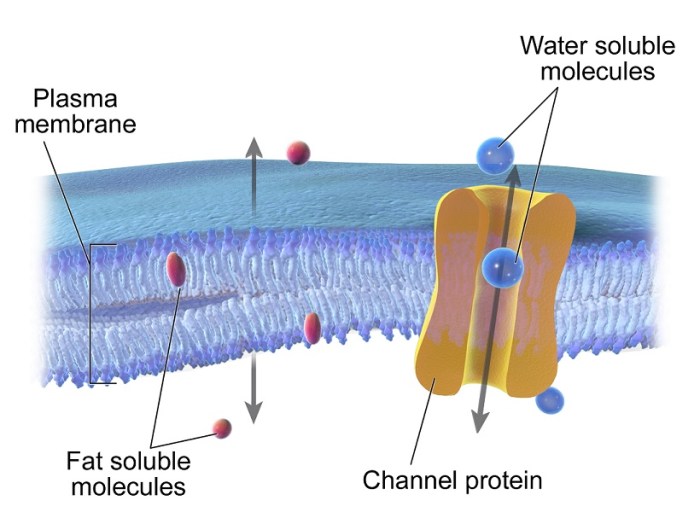Which of the following statements about lipid-soluble hormones is true? This question delves into the fascinating realm of these hormones, revealing their unique properties, mechanisms of action, and profound physiological effects. As we embark on this exploration, we uncover the intricate dance between lipid-soluble hormones and their target cells, unraveling the secrets of their ability to cross cell membranes and exert their regulatory influence.
Lipid-soluble hormones possess a remarkable ability to traverse cell membranes due to their nonpolar structure. This hydrophobic nature allows them to dissolve directly into the lipid bilayer, granting them access to the cell’s interior. Once inside, they bind to specific receptors, triggering a cascade of events that ultimately lead to changes in gene expression and cellular responses.
Properties of Lipid-Soluble Hormones: Which Of The Following Statements About Lipid-soluble Hormones Is True

Lipid-soluble hormones are hydrophobic molecules that can easily cross cell membranes due to their nonpolar structure. This allows them to enter target cells without the need for specific transport proteins.
Mechanism of Action
Lipid-soluble hormones bind to receptors located inside the target cells. These receptors are usually found in the nucleus or cytoplasm. Once bound, the hormone-receptor complex interacts with specific DNA sequences, promoting or inhibiting gene transcription.
Examples of Lipid-Soluble Hormones
| Hormone | Function | Target Organ |
|---|---|---|
| Estrogen | Development and maintenance of female reproductive organs | Uterus, ovaries |
| Testosterone | Development and maintenance of male reproductive organs | Testes, muscles |
| Cortisol | Regulation of stress response, metabolism, and immune function | Liver, muscles, immune cells |
| Vitamin D | Calcium and phosphate homeostasis | Intestines, kidneys, bones |
Effects of Lipid-Soluble Hormones
Lipid-soluble hormones regulate various bodily functions, including:
- Reproductive system
- Metabolism
- Stress response
- Immune function
- Bone health
Metabolism and Excretion, Which of the following statements about lipid-soluble hormones is true
Lipid-soluble hormones are metabolized in the liver and excreted in the bile and urine. The kidneys play a role in regulating their excretion.
Commonly Asked Questions
What are the main characteristics of lipid-soluble hormones?
Lipid-soluble hormones are hydrophobic and nonpolar, allowing them to cross cell membranes easily.
How do lipid-soluble hormones exert their effects?
They bind to receptors inside the cell, triggering changes in gene expression and cellular responses.
What are some examples of lipid-soluble hormones?
Estrogen, testosterone, and cortisol are common examples.

